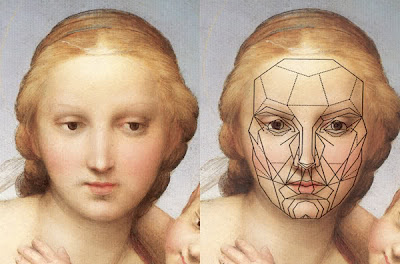Illustrator Robert Blechman's tiny, distinctive drawings became a phenomenon in the 1960s.
Blechman graduated from college with virtually no artistic training and no portfolio except the work he had done for a college literary magazine. He later recalled,
Nothing could have been more impractical than becoming a professional illustrator. My style--such as it was-- had no precedents and therefore no clear outlets.Blechman showed one of his school assignments, a hand sewn booklet ("got a B-") to the editor at Henry Holt, who asked if Blechman could make a similar book on a holiday theme. Blechman chose the medieval theme of The Juggler of Our Lady.
I set to work immediately. Clearing the kitchen table of everything but the white paper and Will Durant's Age of Faith as reference, I started the book that evening and finished it the same night. In the morning I took it to Holt, and it was accepted for publication. An epic event in my life.His feeble, neurotic line, combined with a brilliant concept, caught on immediately and Blechman was launched on a long and profitable career doing books, cards, advertisements and television commercials in his distinctive style.
Blechman never raises his voice. His special talent lies in compelling huge audiences to stop and listen to his whisper. To achieve this result, he seems to follow a two step process: first, he gets people to pay attention by using empty backgrounds as boldly as his peers emphasized their main subjects. All that negative space surrounding Blechman's tiny little drawings drew more attention to them than a drum
roll, a crash of cymbals and a spotlight.
Second, once he has the attention of the audience, he has to deliver a concept that makes it worth their while. Below, Blechman explains how he misunderstood, after his first, immediate success, that he would have to start all over again with something fresh and original:
When the Juggler of Our lady was published and met with great acclaim, I associated success with the book not with me, whom I considered undeserving. Convinced that success lay in producing other Jugglers, I set out to do more of them. Son of the Juggler, Grandson of the Juggler, Grand Nieces and Nephews of the Juggler....They were stillborn, all. In the meantime, the years went by, and, still desperately trying to produce offspring-- Cousin of the Juggler, Bastard of the Juggler-- I would not stop: I could not stop. I did not realize that I was changing from the 22 year old who had sat down at the kitchen table with a pad of paper, The Age of faith, and a vision. No longer the same person I could no longer produce the same work.Once Blechman returned to wracking his brain to put fresh creativity and honest effort into each new concept, his success was assured. The following illustration from later in his career is only about four inches wide:
...yet Blechman still cared enough to make a microscopic adjustment to the length of a nose to make sure the drawing was as funny as possible:
That's how he became a success.




























